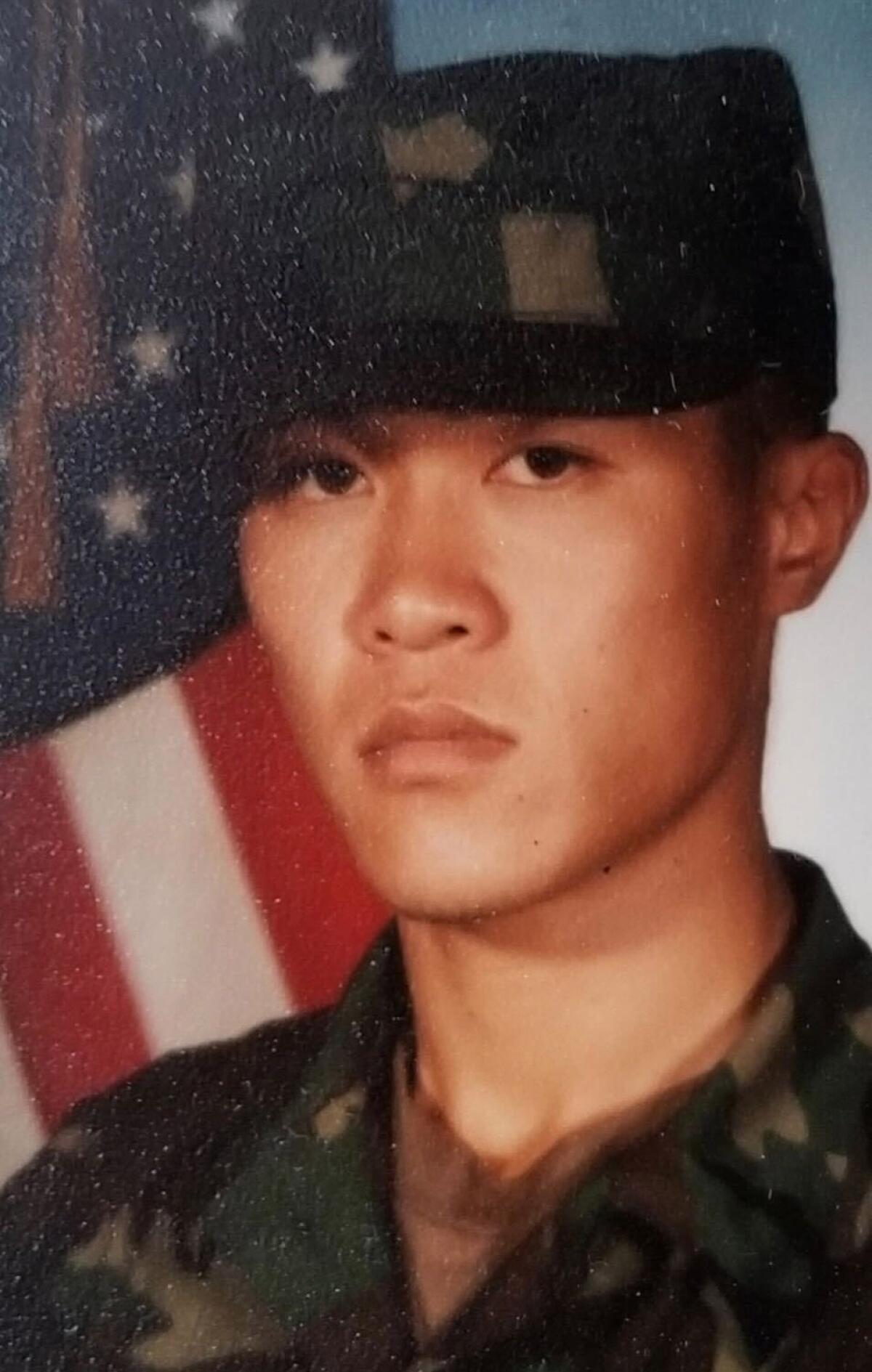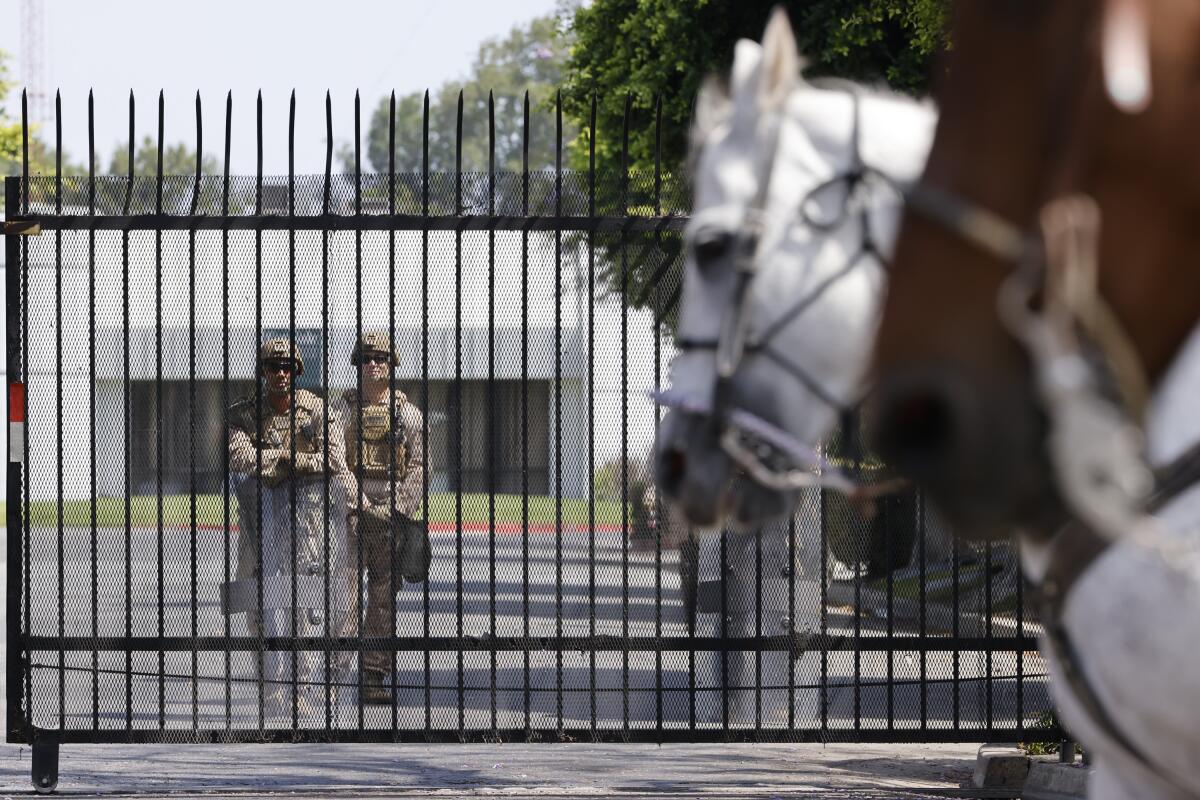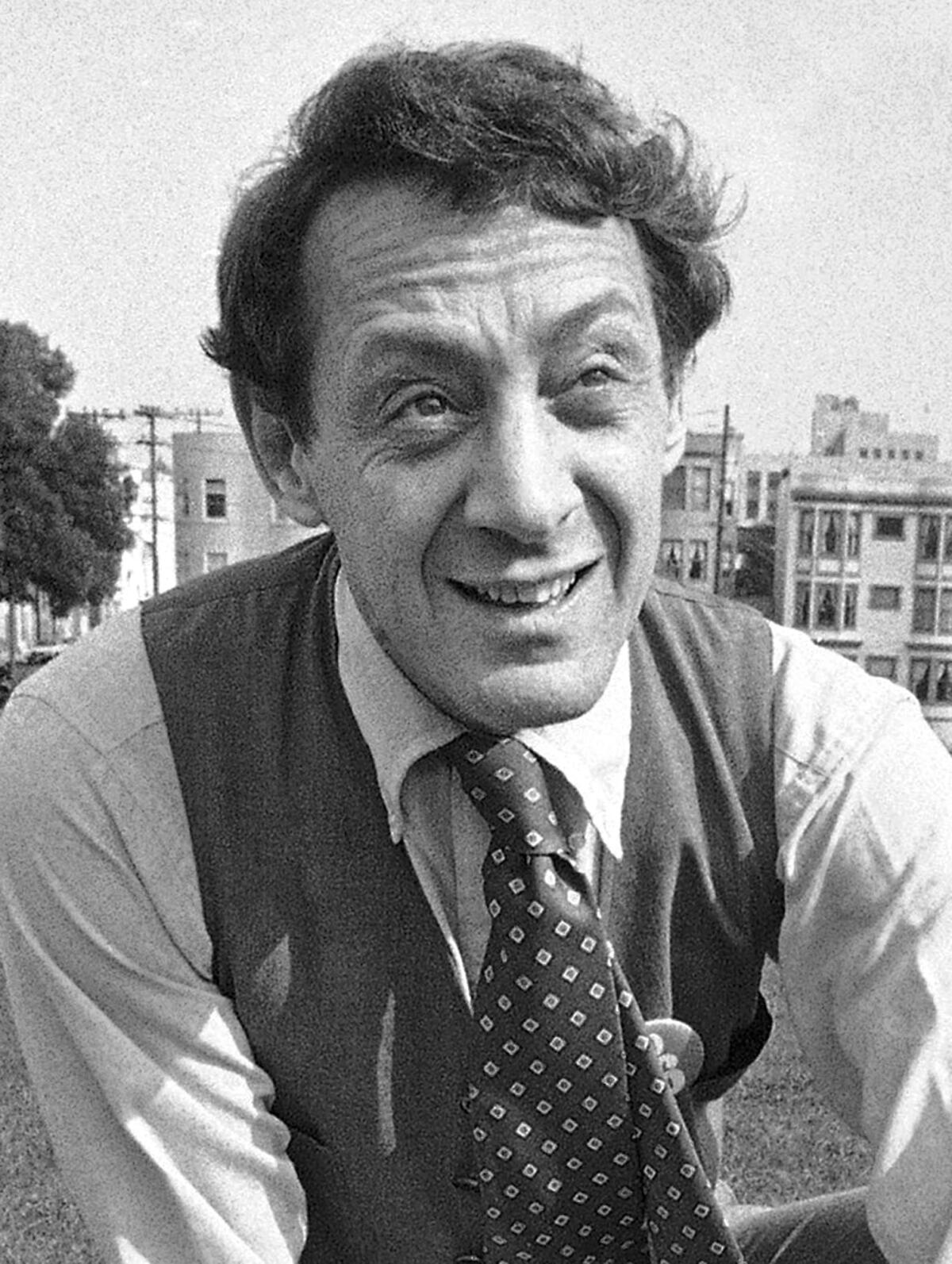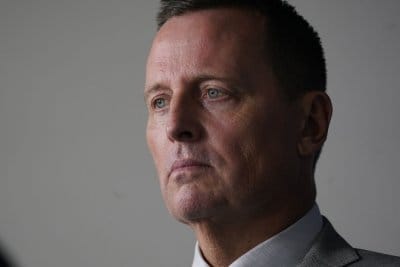L.A. Army veteran with Purple Heart self-deports to South Korea under threat of deportation
An Army veteran who grew up in Van Nuys and was awarded a Purple Heart self-deported to South Korea this week as he was threatened with being detained and deported by federal immigration forces.
On Monday, veteran Sae Joon Park, who legally immigrated from South Korea when he was seven years old, grew up in Koreatown and the San Fernando Valley and held a green card, flew back to his homeland under threat of deportation at the age of 55. He said he is being forced to leave because of drug convictions nearly two decades ago that he said were a response to the PTSD he suffered after being shot during military action in Panama.
“It’s unbelievable. I’m still in disbelief that this has actually happened,” Park said in a phone interview from Incheon early Wednesday morning. “I know I made my mistakes … but it’s not like I was a violent criminal. It’s not like I’m going around robbing people at gunpoint or hurting anyone. It was self-induced because of the problems I had.”
Sae Joon Park, an Army veteran with a Purple Heart.
(From Sae Joon Park)
Asked to comment on Park, Department of Homeland Security Assistant Secretary Tricia McLaughlin said Park has an “extensive criminal history” and has been given a final removal order, with the option to self-deport.
Park said he suffered from PTSD and addiction in the aftermath of being wounded when he was part of the U.S. forces that invaded Panama in 1989 to depose the nation’s de facto leader, Gen. Manuel Noriega.
But now Park, a legal immigrant, is targeted by federal authorities in President Trump’s recent immigration raids that have prompted widespread protests in Los Angeles and across the nation. Federal authorities have arrested more than 1,600 immigrants for deportation in Southern California between June 6 and 22, according to DHS.
A noncitizen is eligible for naturalization if they served honorably in the U.S. military for at least a year. Park served less than a year before he was wounded and honorably discharged.
Since 2002, over 158,000 immigrant service members have become U.S. citizens.
As of 2021, the Department of Veteran Affairs and DHS are responsible for tracking deported veterans to make sure they still have access to VA benefits.
Park’s parents divorced when he was a toddler, and his mother immigrated from South Korea to the United States. He followed her a year later. They first lived in Koreatown, moved to Panorama City and then Van Nuys. He graduated from Notre Dame High School in Sherman Oaks in 1988.
Struggling at first to learn English and acclimate with his classmates, he eventually became part of the Southern California skateboarding and surfing scene of the 1980s, which is when television editor Josh Belson met him. They have been close friends ever since.
“He’s always got a smile, a very kind of vivacious energy about him,” said Belson, who attended a nearby high school when they met. “He was the kind of person you wanted to be around.”
After graduating, Park said he wasn’t ready to attend college, so he joined the military.
“The Army provided not only turning me into a man, but also providing me with the GI Bill, so you can go to college later, and they’ll pay for it. And the fact that I did believe in the country, the United States,” he said. “So I felt like I was doing something honorable. I was very proud when I joined the military.”
Park’s platoon was deployed to Panama in late 1989, where he said they experienced a firefight the first night there. The following day, he said he was carrying an M-16 when they raided the house of one of the “witches” Noriega allegedly followed. He said they saw a voodoo worship room with body parts and a cross painted in blood on the floor.
While there, he heard gunfire from the backyard and returned fire. He was shot twice, in his spine and lower left back. The bullet to his spine was partially deflected by his dog tag, which Park believes is the reason he wasn’t paralyzed. A military ambulance was delayed because of the firefight, but a Vietnam veteran who lived nearby rescued him, Park said.
“I just remember I’m just lying in my own pool of blood and just leaking out badly. So he actually went home, got his pickup truck, put me in the back of his pickup truck with two soldiers, and drove me to the hospital,” Park said.
He was then evacuated to an Army hospital in San Antonio. A four-star general awarded him a Purple Heart at his bedside. Then-President George W. Bush visited wounded soldiers there.
Park spent about two weeks there, and then went home for a month or so, until he could walk. His experience resulted in mental issues he didn’t recognize, he said.
“My biggest issue at the time, more than my injuries, was — I didn’t know what it was at the time, nobody did, because there was no such thing as PTSD at the time,” he said. Eventually, “I realized I was suffering from PTSD badly, nightmares every night, severe. I couldn’t hear loud noises, and at that time in L.A., you would hear gunshots every night you left the house, so I was paranoid at all times. And being a man and being a tough guy, I couldn’t share this with anyone.”
Park started self-medicating with marijuana, which he said helped him sleep. But he started doing harder drugs, eventually crack cocaine. He moved to Hawaii after his mother and stepfather’s L.A. store burned during the 1992 riots, and married. After Park and his wife separated, he moved to New York City, where his addiction worsened.
“It got really bad. It just got out of control — every day, every night, all day — just smoking, everything,” Park said.
One night, in the late 2000s, he was meeting his drug dealer at a Taco Bell in Queens when police surrounded his car, and the dealer fled while leaving a large quantity of crack in his glove compartment, Park said.
A judge sent Park to rehab twice, but he said he was not ready to get sober.
“I just couldn’t. I was an addict. It was so hard for me to stay clean. I’d be good for 30 days and relapse,” he said. “I’d be good for 20 days and relapse. It was such a struggle. Finally, the judge told me, ‘Mr. Park, the next time you come into my courtroom with the dirty urine, you’re gonna go to prison.’ So I got scared.”
So Park didn’t return to court, drove to Los Angeles and then returned to Hawaii, skipping bail, which is an aggravated felony.
“I did not know at the time jumping bail was an aggravated felony charge, and combined with my drug use, that’s deportable for someone like me with my green card,” he said.
U.S. Marshals were sent looking for Park, and he said once he heard about this, he turned himself in in August 2009, because he didn’t want to be arrested in front of his two children.
He served two years in prison and said immigration officials detained him for six months after he was released as he fought deportation orders. He was eventually released under “deferred action,” an act of prosecutorial discretion by DHS to put off deportation.
Every year since, Park was required to check in with federal officials and show that he was employed and sober. Meanwhile, he had sole custody of his two children, who are now 28 and 25. He was also caring for his 85-year-old mother, who is in the early stages of dementia.
During his most recent check-in, Park was about to be handcuffed and detained, but immigration agents placed an ankle monitor on him and gave him three weeks to get his affairs in order and self-deport. He is not allowed to return to the United States for 10 years. He worries he will miss his mother’s passing and his daughter’s wedding.
“That’s the biggest part. But … it could be a lot worse too. I look at it that way also,” Park said. “So I’m grateful I made it out of the United States, I guess, without getting detained.”
“I always just assumed a green card, legal residency, is just like having citizenship,” he added. “I just never felt like I had to go get citizenship. And that’s just being honest. As a kid growing up in the United States, I’ve always just thought, hey, I’m a green card holder, a legal resident, I’m just like a citizen.”
His condition has spiraled since then.
“Alright. I’m losing it. Can’t stop crying. I think PTSD kicking in strong,” Park texted Belson on Thursday. “Just want to get back to my family and take care of my mother … I’m a mess.”
Times staff writer Nathan Solis contributed to this report.








